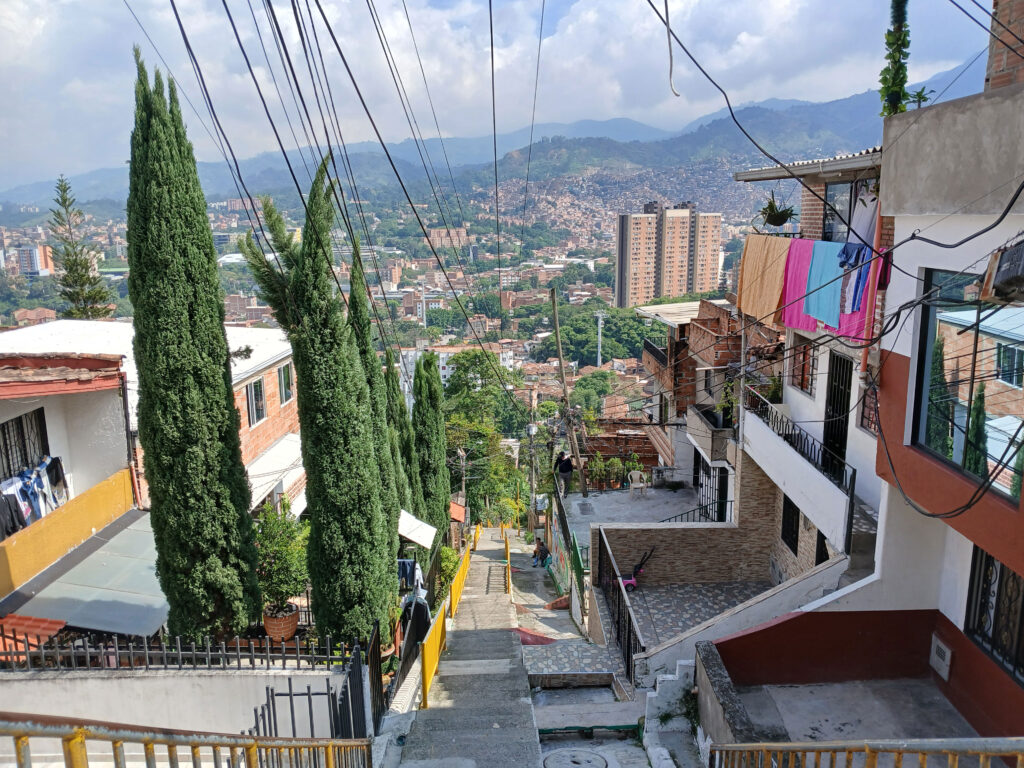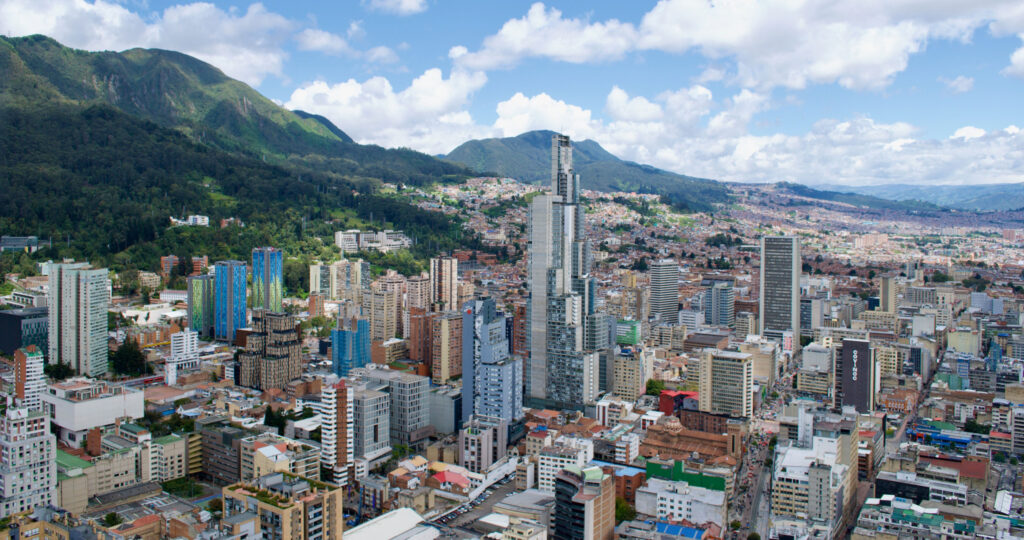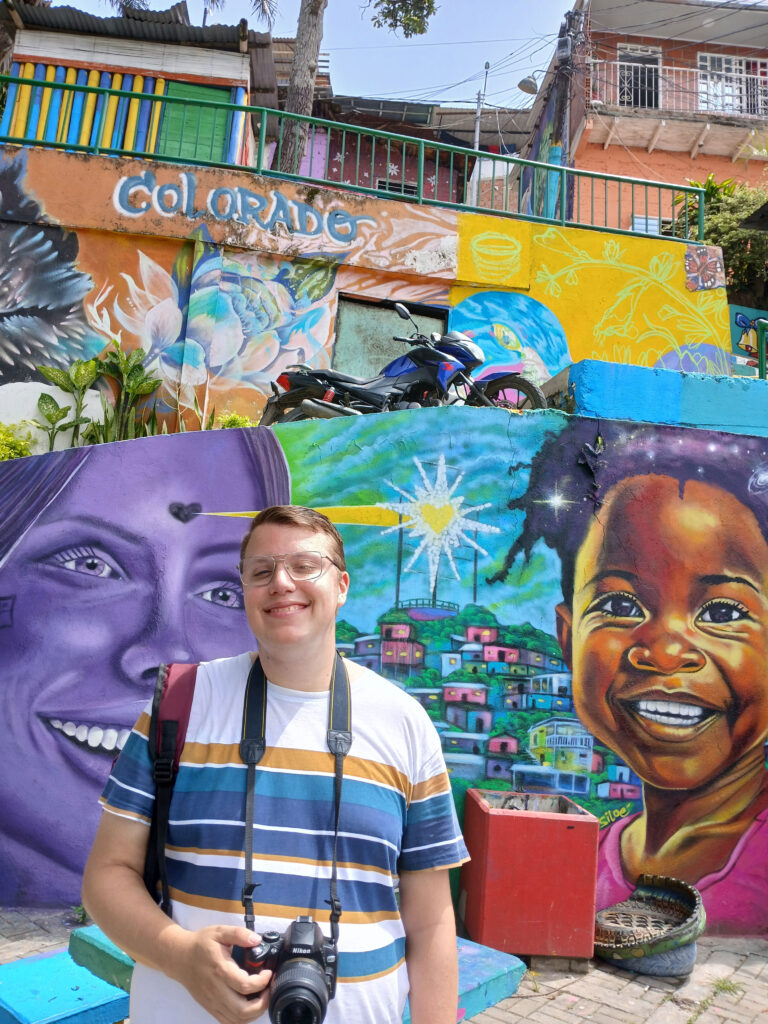PROJECTS
BACKGROUND
Colombia Travel
The idea for my CONDEV project was born during my first trip to Colombia, when I spent six months reporting as a freelance journalist, primarily from the departments of Boyacá and Meta. I arrived at a pivotal moment in the country’s history; the 2022 presidential election that brought Gustavo Petro to power as Colombia’s first leftist president. His victory, particularly given his past role as an M-19 member while in university, marked a sharp departure from the conservative government of Iván Duque and signaled the possibility of a new approach to the country’s long-standing conflict. I reported on both the election and the political atmosphere that surrounded it: the stagnant and uncertain implementation of the 2016 peace accord, a resurgence in violence, mounting tensions with Venezuela, widespread fumigation campaigns, police brutality, and mass protests.


In the months following the election, I continued to document the early stages of Petro’s administration on the ground—closely observing how his security policies, peacebuilding initiatives, and economic programs reflected a broader vision for human rights and inclusive development. A key aspect of the peace agreement, and of Petro’s broader agenda, was the creation of economic alternatives for demobilized combatants and at-risk communities to prevent the resurgence of violence and criminality.
One area that captured my attention was the emergence of community-led tourism programs, initiatives often backed by municipal governments, departmental offices, national ministries, or international partners, that aimed to transform conflict-affected areas into tourist destinations. Unlike costly and often ineffective hard-security interventions, such as drug interdiction, military raids, and coca eradication, social tourism provides a community-centered, relatively low-cost approach to conflict prevention and development. These projects sought to tell local stories through art, history, architecture, and Colombia’s natural beauty while creating economic opportunities for communities historically shaped by violence. But the reality on the ground was more complicated. While some of these initiatives were genuinely rooted in local empowerment and peacebuilding, others were co-opted or manipulated, run by criminal groups, scam artists, or corrupt officials. These projects often exploited local narratives, funneled funds away from communities, and reinforced the very inequalities they claimed to address.
